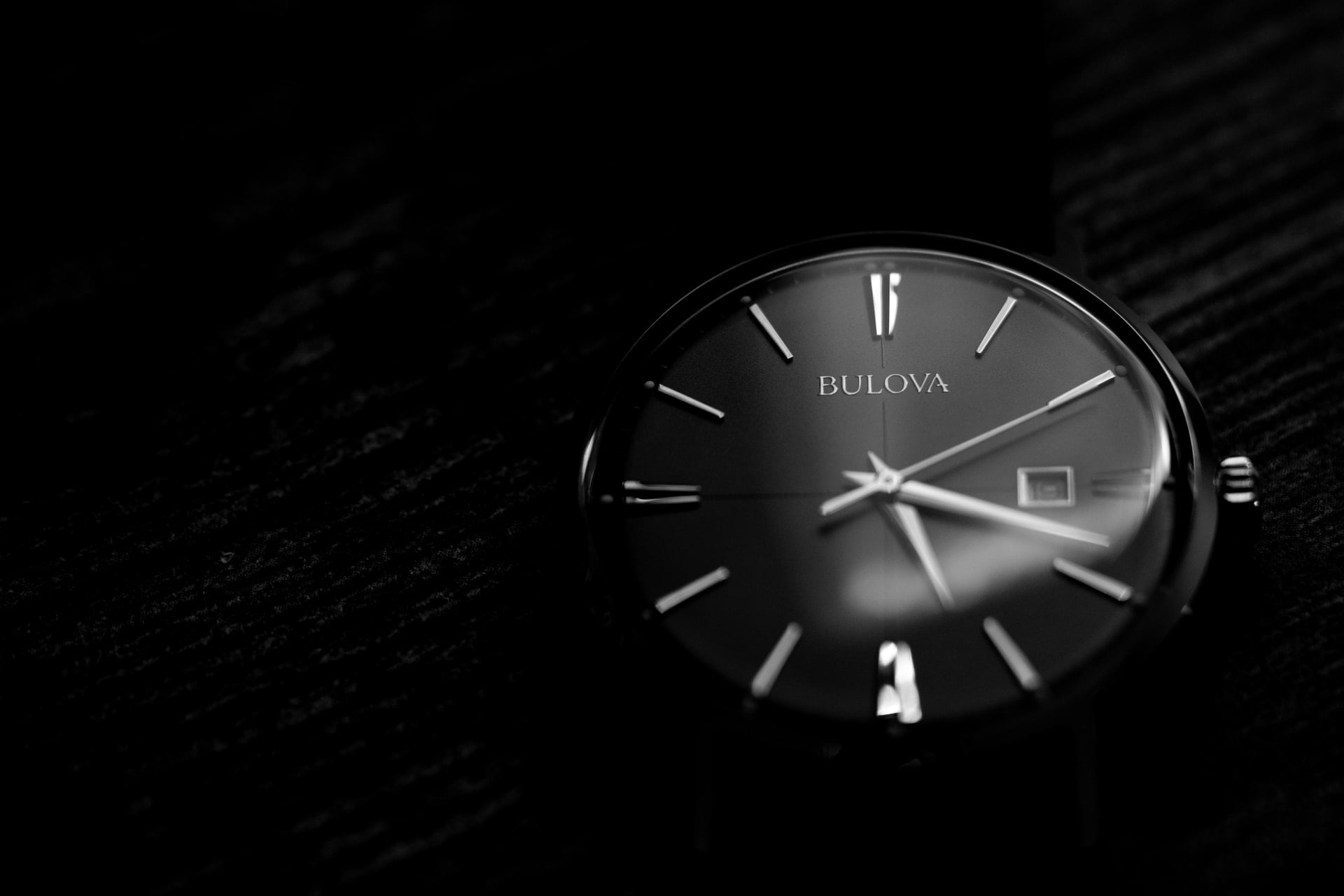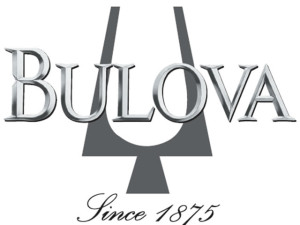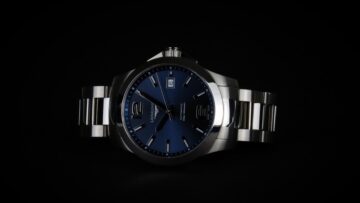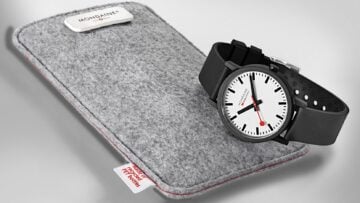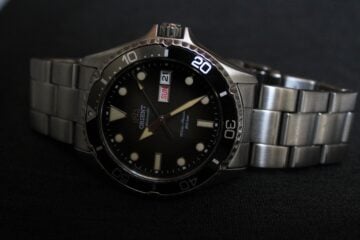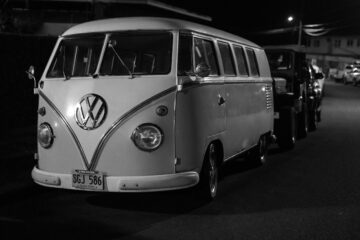Bulova is a well-known manufacturer of clocks and watches. What many may not know, however, is just how rich the history of this company is, and how far back it reaches. The brand was first founded in 1875. It was originally called the J. Bulova Company, named after its founder Joseph Bulova, an immigrant from Bohemia. The company has its headquarters in Woodside, Queens, New York City. In 1979, it became a part of the Loews Corporation.
The Beginning of Bulova
Joseph was just 23 years old when he opened his small jewellery shop on Maiden Street in New York City in 1875. By 1911, he was manufacturing table clocks as well as fine pocket watches. The sales from these items were unprecedented, and the company began to expand tremendously. The very first Bulova plant was set up in 1912, in Bienne, Switzerland. There the company began to produce and assemble watch components.
It was during World War I, in 1919, that the world was introduced to the convenience of the wristwatch. Seeing their success, that same year Bulova unveiled the very first line of jewelled men’s wristwatches. By 1923 a new concept in watch manufacturing had been formed. Every part of a Bulova watch was created with such fine precision that it became interchangeable with the same exact part in any other Bulova watch. With this concept, the job of servicing watches was significantly changed forever.
The Many “Firsts” of Bulova Watches
Bulova Watch Company provided the world with many other “firsts.” Aside from the first line of jewelled men’s watches, Bulova also unveiled the world’s first line of women’s watches as well. In 1924, the collection was revealed, complete with diamond embellishments. The milestone for the first radio advertisement also belongs to Bulova. Later, the company produced the first-ever million-dollar ad campaign for the watch industry, which launched in 1931. Unsurprisingly, Bulova also paid for the world’s very first television commercial. It aired on July 1, 1941, on a New York Station(WNBT). It played just before a baseball game which was between the Philadelphia Phillies and the Brooklyn Dodgers.
The Tradition Continues
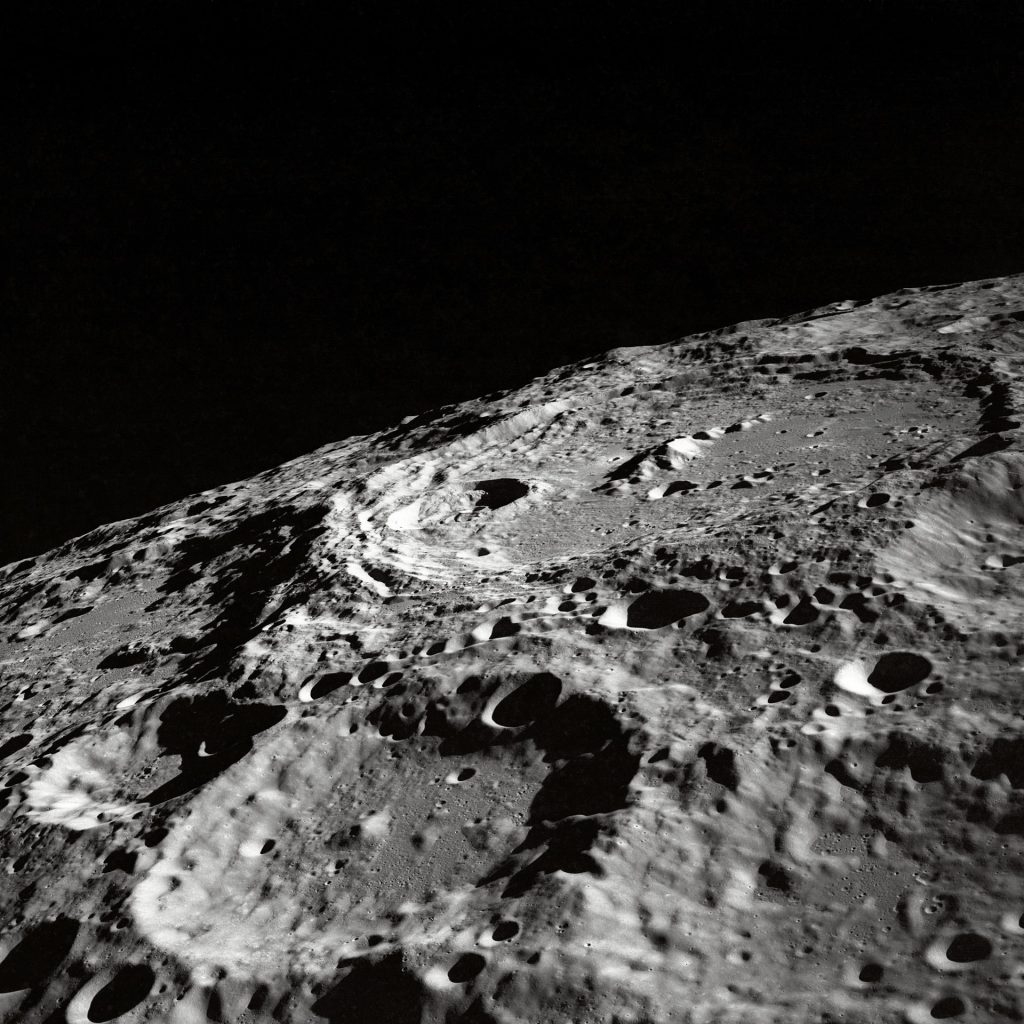
After the passing of Bulova’s founder, Joseph Bulova, in 1935, his passion for quality remained ingrained in the fabric of the brand. After Bulova’s perseverance through World War I, it continued operating through World War II. The Board of Directors at Bulova adopted a resolution in 1941. It would allow them to create products for use by the national defence. Joseph’s son, Arde Bulova worked closely with the United States government to create watches for the military, as well as specialised timepieces, torpedo mechanisms, fuses, and aircraft instruments. In order to continue its aide of the US military, the company opened the Joseph Bulova School of Watchmaking. It became a place where disabled veterans could learn how to create watches.
Bulova and Space
Over the years, there would be many more firsts for Bulova. Bulova created the very first public clock to be regulated by satellite. In 1969, the Apollo 11 carried with it an Acutron watch movement by Bulova. In addition, in order to control the timing of the transmission of data a Bulova timer was left behind. Bulova’s journey into space didn’t end there. During the Apollo 15 mission, after an issue with astronaut David Scott‘s NASA-issued Omega watch, he wore his personal 1971 Accutron timepiece.
Bulova has easily come to be amongst the most recognised name in the watch industry. The brand has a history of following its own path and setting trends. Bulova has persevered in spite of many difficulties. We believe the brand hasn’t done surprising us yet and we are excited to see what Bulova will bring in the years to come.
If you’re interested in purchasing a Bulova watch you can browse our selection by following the link here.
Now that you know more of the history behind Bulova watches, what is your opinion on the brand? Let us know in the comments below.

